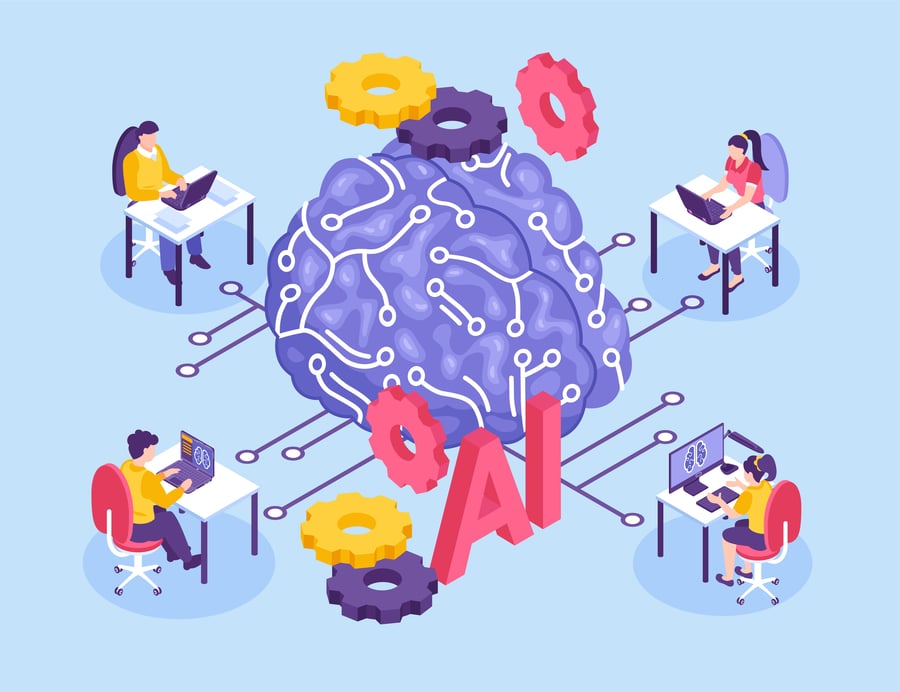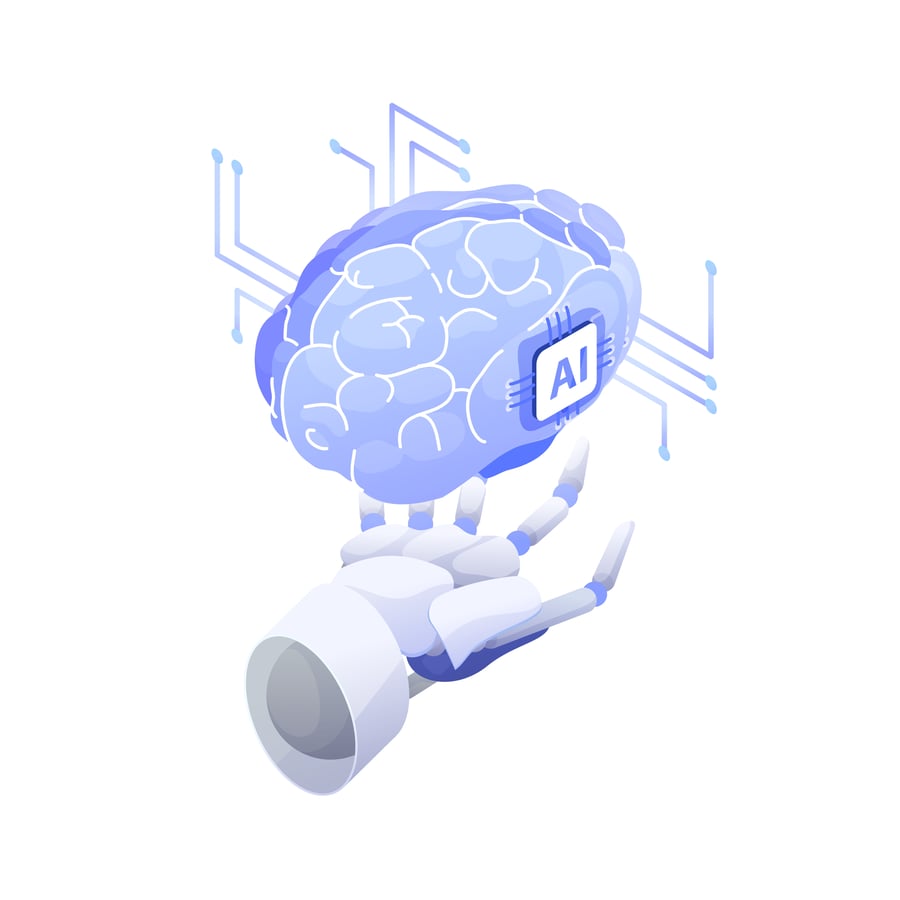
Challenges in Operationalizing ML Models: Where Automation Shines
- Data Preparation Bottlenecks: Acquiring, cleaning, and transforming data for ML models can be a time-consuming and error-prone process. Imagine manually wrangling terabytes of data, handling missing values, and engineering new features – a recipe for inefficiency and potential biases.
Automated MLOps solves this by introducing tools that automate data ingestion, cleaning, and transformation. These tools can automatically identify and handle missing values, apply pre-defined transformations, and even suggest new features based on historical data. This frees up valuable data scientists' time for more strategic tasks.
- Model Training Hurdles: Training ML models involves meticulously tuning hyperparameters, selecting the right algorithms, and evaluating their performance. This can be an iterative process, requiring constant experimentation and adjustments.
Automated MLOps streamlines this process by offering tools for hyperparameter tuning, automated feature selection, and efficient training pipelines. These tools can explore vast hyperparameter spaces, suggest optimal configurations, and even automate the training process based on pre-defined metrics. This significantly reduces training time and effort.
- Deployment Difficulties: Once a model is trained, getting it into production smoothly is another hurdle. Challenges include integrating the model with existing systems, monitoring its performance, and ensuring its ongoing maintenance.
Automated MLOps simplifies deployment by providing tools for seamless integration, automated monitoring, and version control. These tools can push models to production environments with minimal manual intervention, track performance metrics in real-time, and automatically roll back to previous versions if issues arise. This ensures smooth transitions and minimizes downtime.

Real-World Success Stories: Witnessing the Power of Automation
Financial Services Company Automates Fraud Detection
A financial services company struggled with manually deploying and updating its fraud detection models. This led to delays, inconsistencies, and potential security vulnerabilities. By implementing automated MLOps, they reduced deployment time and improved model accuracy due to faster iteration and experimentation.
Retail Giant Optimizes Inventory Management
A retail chain faced challenges in manually forecasting demand and optimizing inventory levels. Automated MLOps helped them automate data preprocessing, model training, and deployment, reducing inventory holding costs and increasing sales due to more accurate demand forecasting.

Integrating Automated MLOps: Building on Existing Workflows
Transitioning to automated MLOps doesn't mean ripping out your entire infrastructure. It's about strategically integrating automation into your existing workflows. Here are some key considerations:
- Identify automation opportunities: Start by pinpointing repetitive tasks and bottlenecks in your current ML process. These are prime candidates for automation. To give an idea, you can ask the following questions.
- Data Preparation: Are you manually cleaning and transforming data? Look for tools that automate data ingestion, cleaning, and feature engineering.
- Model Training: Do you spend hours tuning hyperparameters? Explore tools that automate hyperparameter tuning, model selection, and streamline training pipelines.
- Deployment: Is deploying models a manual process? Seek tools that automate model deployment, monitoring, and version control.
- Monitoring and Maintenance: Are you constantly checking model performance? Consider tools that offer automated monitoring, alerting, and self-healing capabilities.
- Choose the right tools: Various automated MLOps tools are available, each with its own strengths and weaknesses. Evaluate your needs and choose tools that seamlessly integrate with your existing data and IT infrastructure. For example, you can choose tools that:
- Integrate Seamlessly: Ensure compatibility with your existing data infrastructure and tools like cloud platforms or containerization technologies.
- Address Specific Challenges: Focus on tools that efficiently tackle your identified automation opportunities.
- Scale With Your Needs: Choose tools to grow with your ML projects and adapt to future requirements.
- Foster collaboration: Successful MLOps implementation requires close collaboration between data science and IT teams. Establish clear communication channels and shared ownership of the automation. Here's how to ensure smooth integration:
- Joint Planning: Involve both teams in identifying automation opportunities and selecting tools.
- Shared Ownership: Ensure both teams feel responsible for the successful implementation and maintenance of automated workflows
- Clear Communication: Establish clear communication channels and regular meetings to address concerns and share best practices

Future Trends in MLOps Automation
Looking ahead, the future trends in MLOps automation signal even greater possibilities for businesses willing to embrace change. The call to action is clear – adopt automated MLOps now to stay ahead in the dynamic landscape of machine learning and ensure your business is not just navigating but thriving in the complexities of the ML journey.

Conclusion
The complexities of operationalizing machine learning models are real and challenging. However, automated MLOps provide a beacon of hope to data scientist teams. By addressing challenges in data preparation, model training, and deployment, automated MLOps simplify the entire ML lifecycle. Integrating automated MLOps into existing workflows is not just a recommendation but a strategic move for businesses seeking a straightforward and efficient approach to machine learning. Reach out to us today for seamless implementation, optimization, and leveraging Automated MLOps to the fullest extent.


